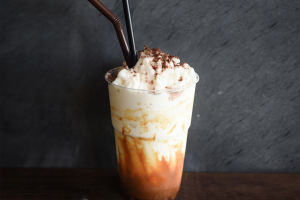Strategic Winter Sport
Curling is a sport that originated in Scotland. It combines teamwork, skill, and strategy, and is one of the official events in the Winter Olympics.
In curling competitions, two teams compete on a sheet of ice to win by sliding curling stones toward a target area and controlling their placement to score points.
Origin and History
The history of curling can be traced back to 16th century Scotland when people began sliding stones on ice for entertainment. Over time, this activity evolved into the modern sport of curling. It wasn't until the 1800s that stones, made of granite, replaced wooden or iron blocks, marking the formal establishment of curling.
Rules and Gameplay
Curling matches typically take place on a rectangular sheet of ice called a "curling sheet" or "rink." At each end of the sheet is an area called the "house," which is divided into concentric circles known as the "rings."
Each team consists of four players who take turns throwing stones. The stones are circular with a handle on top and a concave bottom, allowing them to curl as they travel down the ice. The objective is to slide the stone toward the center of the house while also preventing the opponent's stones from getting closer.
Matches are divided into multiple rounds, and after each end, points are scored based on which team has stones closest to the center of the house. Only stones that are completely within the house score points, with the closest stone scoring the most.
Strategy and Techniques
Curling is not just about strength and skill; it also requires advanced strategy. Players must consider the ice conditions with each throw, including the speed, rotation, and path of the stone. They must coordinate teamwork and tactics to ensure their stones are in favorable positions.
The path of the stone is also influenced by "sweeping." Players can use brooms to create friction on the ice, altering the stone's direction and speed. This technique is crucial for getting stones closer to the target or stopping opponents' stones.
Global Impact and Events
Curling is now a global sport with widespread participation and support in many countries. Apart from the Winter Olympics, there are numerous international curling events such as the World Curling Championships and Grand Slams.
The sport is not only popular at the professional level but also at the amateur level. Many communities have curling clubs for people to practice and compete. This sport, with its connection to nature, teamwork, and strategic thinking, attracts more and more people to participate.
Conclusion
Curling is a unique and fascinating sport that combines skill, strength, and strategy, making matches full of suspense and enjoyment. Whether you are a professional athlete or an amateur enthusiast, there is joy and challenge to be found in this icy world.
Curling is not just a competitive sport but also a way of life. It teaches teamwork, patience, and the importance of calm thinking, allowing people to bring out their best on the ice.


